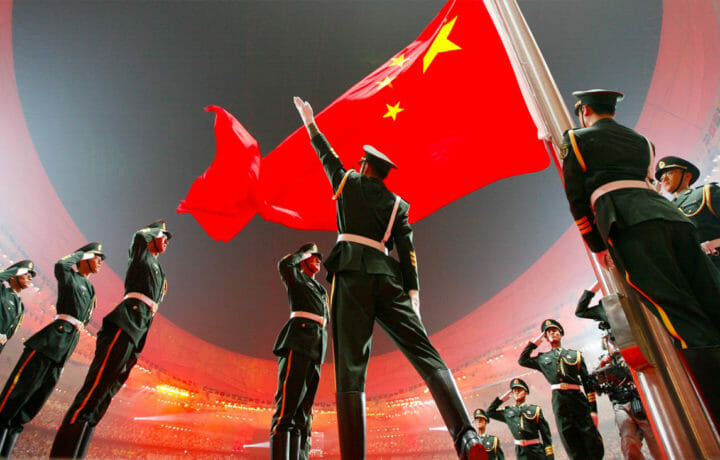Francis Bacon coined the phrase “knowledge is power” in the 16th century and never has the sentiment been more appropriate than today within the context of China’s thirst for both knowledge and global power. China’s quest to support their indigenous industrial base with research and development acquired from the west continues unabated. To satiate China’s thirst for knowledge, they utilize a myriad of methodologies, some legitimate and many illegitimate.
Program 863
China’s road map to knowledge acquisition, or requirements, aren’t always a state secret, nor are their national programs used to identify, source and acquire identified technologies or capabilities. In August 2019, we wrote about China’s “Program 863” which was a 10-year effort spearheaded by China’s Ministry of Science and Technology (MOST) in March of 1986 (ergo, Program 863). The salient point concerning technology acquisition in the context of national security can be found in the words provided directly by MOST. They described the goal of the national program as “to strive to achieve breakthroughs in key technical fields that concern the national economic lifeline and national security; and to achieve leap-frog development in key high-tech fields in which China enjoys relative advantages or should take strategic positions.”
Program 863 is important today in 2021 because it provides a baseline of perspective and understanding of the multi-generational effort by China to acquire technologies designed to provide advantage to China’s strategic position on the global stage. It also signals to those who have technology of interest, across all sectors, not just the defense sector, that if you pay attention to what China says they are going to do, you are able to roadmap their intentions.
The intention is to acquire knowledge and capability from the west, and China will take an all-source approach to acquiring this knowledge.
China’s overt and legitimate knowledge quest
China has an abundance of money, and they use it to acquire technology via direct purchase or merger and acquisition. In the United States, the Committee on Foreign Investment in the United States (CFIUS) serves as the gating mechanism on China’s M&A efforts, ensuring that China does not acquire companies whose product or capability may deleteriously impact the national security of the country. For those entities who enter joint ventures with Chinese companies or parastatal entities, they are effectively on their own. Many, looking back, have likened their experiences to rolling the dice – gambling their technologies will not be exploited by the home team, some end up winning and for many, as they say in Vegas, they crap out.
As part of their global acquisition effort, China leverages their diplomatic presence by assigning officers associated with MOST to their embassies and consulates. In a May 2021 study by Georgetown University’s Center for Security and Emerging Technology, they reviewed 642 “international technology cooperation opportunities” identified by these Chinese diplomats from 2015-2020. These Chinese diplomatic reports provided to the government assessments of more than 300 companies, universities, research institutions and individuals and “how they would be a partner with Chinese firms, share intellectual property, or establish joint ventures in China.”
China’s covert and illegitimate knowledge quest
Espionage immediately comes to mind when we think of covert acquisition of information. Those not involved in the defense or national security world often self-select out of being a target of the Chinese. That is an error made from ignorance or hubris, as the Chinese will decide who is their target. In addition to the use of legitimate diplomatic personnel, they use visiting scholars, and covert intelligence officers as two of the many arrows in their offensive quiver of arrows.
We have highlighted their use of their 1000 Talents Program to semi-covertly induce individual researchers within the world of academia, double-dipping on their research and bringing their current research to China to ostensibly monetize.
Similarly, we have shared how the Ministry of States Security (MSS) has actively targeted individuals and entities with access to intellectual property or national security secrets (both of value to the Chinese knowledge vacuum) in the aerospace, energy, and defense sectors.
The bottom line: China isn’t going to let up on the gas. They will continue to move at 100 mph in their efforts to increase their global power by leveraging western knowledge. FSOs should now include in their briefings, the Georgetown University report, the history of the 863 Program, and the plethora of examples of espionage from archived within this corpus.




